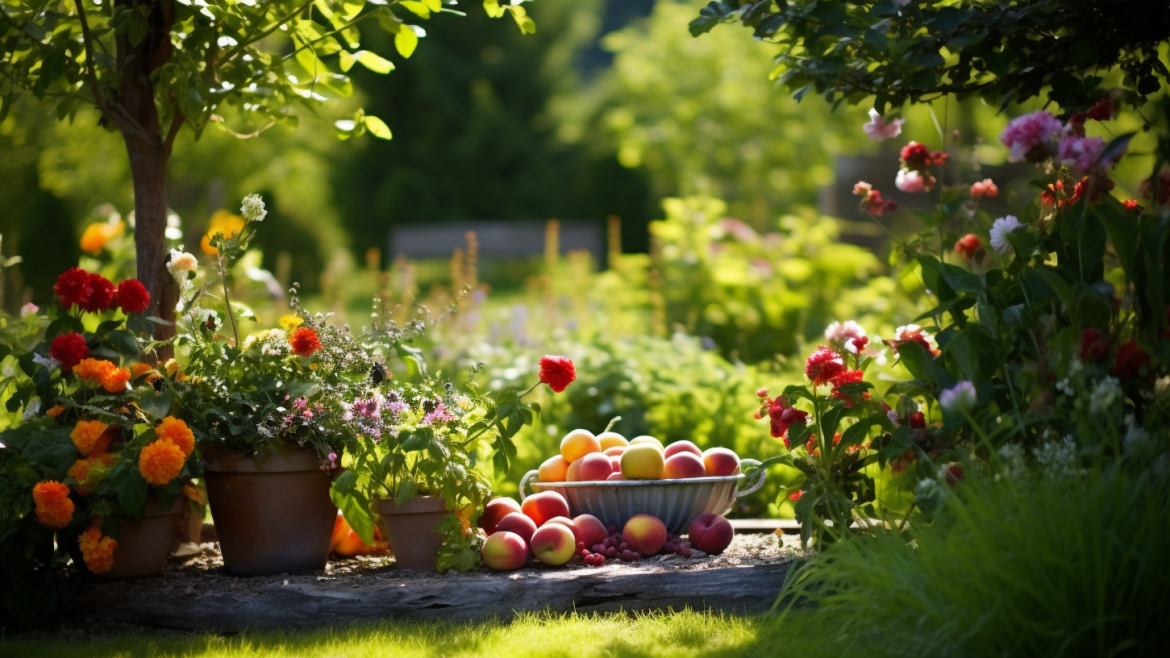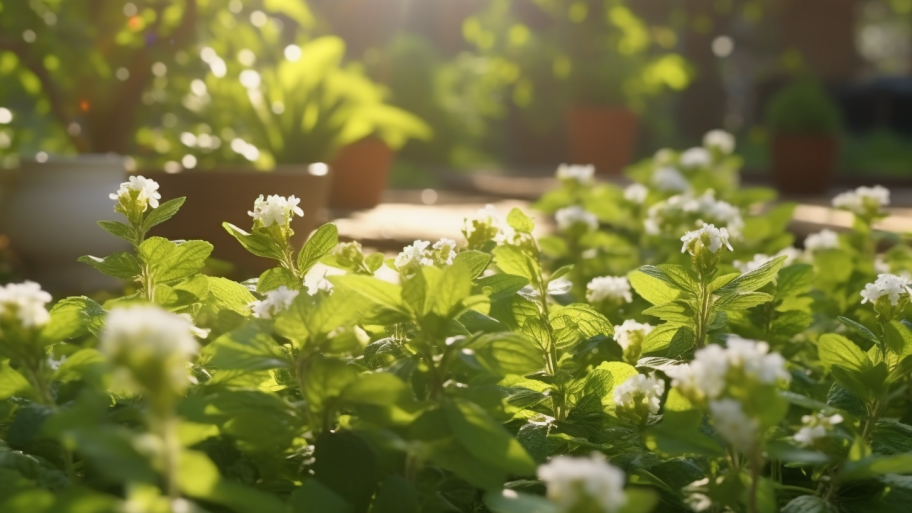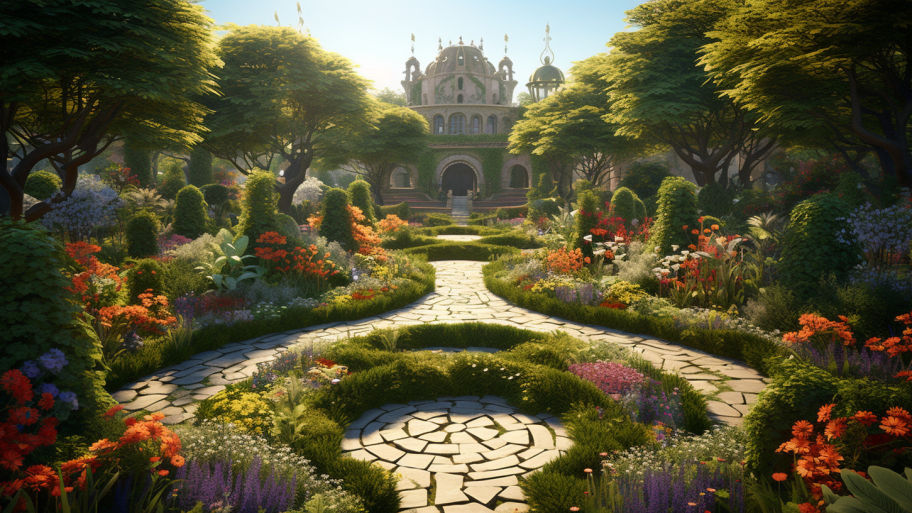Creating an edible landscape is an opportunity to combine the practical aspects of food production with the visual appeal of a well-designed garden. By carefully selecting and arranging plants, you can design a stunning outdoor space that’s both beautiful and productive. In this article, we’ll guide you through the planning process and plant selection to help you create your ideal edible landscape.
The Planning Process: Laying the Foundation for Success
The first step in designing your edible landscape is to assess your space and identify your goals. Consider factors such as available sunlight, soil type, and climate. These will play a crucial role in determining which plants will thrive in your garden.
Take some time to observe your garden throughout the day, paying close attention to sun patterns, shade areas, and potential microclimates. This information will be invaluable when selecting plants and designing your garden layout.
As you begin to plan, it’s essential to set realistic expectations for yourself. Consider how much time and effort you’re willing to dedicate to maintaining your garden, as well as your level of gardening experience. Striking a balance between ambition and practicality is key to long-term success.
Choosing the Right Plants: Edible Beauty
The next step is selecting plants that are both visually appealing and edible. A wide variety of options are available, from fruit trees and berry bushes to herbs, vegetables, and edible flowers. When selecting plants, consider their size, growth habit, and seasonal interest, as well as their culinary value.
Fruit trees, such as apple, pear, and plum, can provide height and structure to your landscape while also yielding a delicious harvest. Dwarf or semi-dwarf varieties are perfect for smaller spaces or as focal points in larger gardens.
Berry bushes, like blueberries and raspberries, can serve as attractive hedges or borders. Not only do they produce an abundance of fruit, but their foliage and flowers also provide visual interest throughout the growing season.
Herbs, such as rosemary, sage, and thyme, are versatile plants that can be used as groundcovers, borders, or accent plants. Their aromatic foliage and attractive flowers make them valuable additions to any edible landscape.
Edible flowers, like nasturtiums, calendula, and borage, add a splash of color to your garden and can also be used in salads, teas, and other culinary creations.
Crafting a Cohesive Design: Artful Arrangement
Once you’ve selected your plants, it’s time to arrange them in a way that maximizes their visual impact and productivity. A successful edible landscape combines aesthetic principles like color, texture, and form with practical considerations such as sun exposure, water needs, and accessibility.
Consider the mature size of your plants when determining their placement. Group plants with similar needs together to simplify maintenance, and layer plants according to their height to create visual interest and depth.
As you arrange your plants, think about how their colors, textures, and shapes will interact throughout the seasons. By carefully considering these elements, you can create a harmonious and dynamic garden that looks as good as it tastes.
In our final article, “Harvest Time: An Expert Guide to Edible Landscape Upkeep and Yield,” we’ll delve into the ongoing care and upkeep of your garden, as well as tips for harvesting and enjoying your homegrown bounty. Immerse yourself in the rewarding world of edible landscaping and experience the joy of growing your own delicious, beautiful garden.




